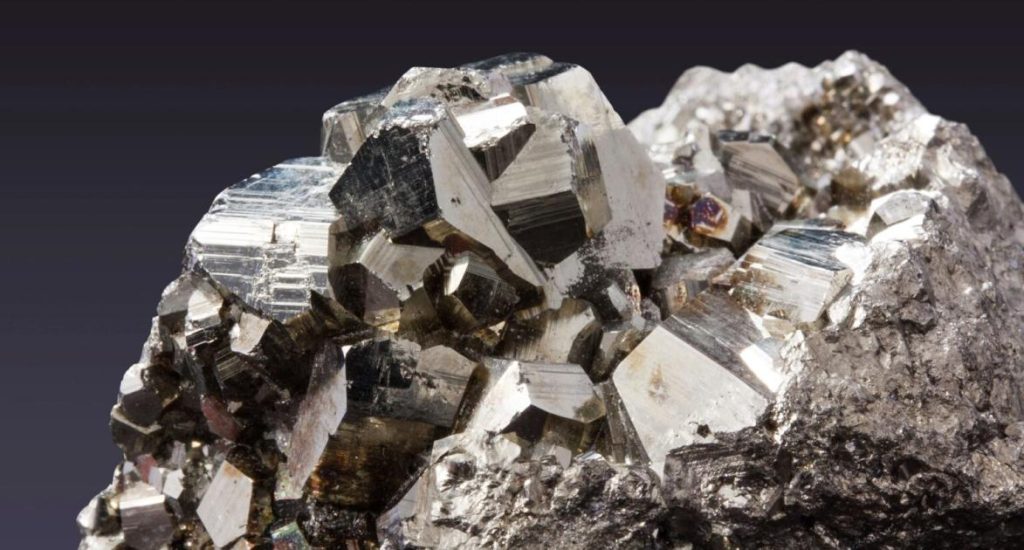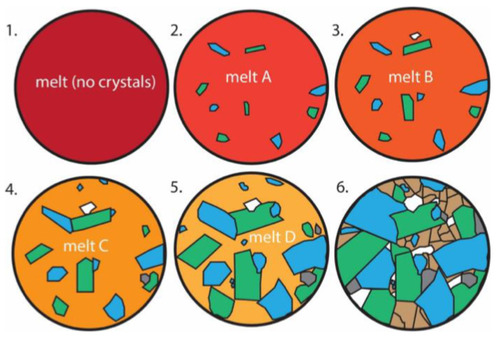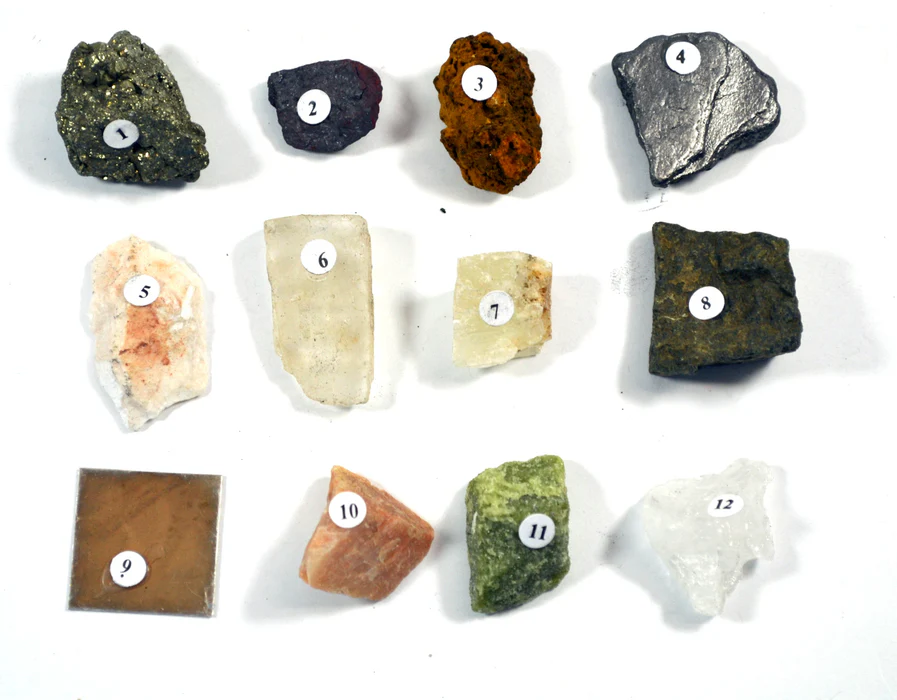
Mineralogy is the branch of geology that focuses on the study of minerals—their properties, composition, classification, and role in the Earth’s geological processes. Minerals are naturally occurring inorganic substances with a specific chemical structure and a defined crystalline form. They form the building blocks of rocks and are essential to understanding the Earth’s structure, history, and resources.
What Are Minerals?
Minerals are solid substances that occur naturally in the Earth’s crust. To be classified as a mineral, a substance must meet specific criteria:
- Naturally occurring – It must form through natural geological processes.
- Inorganic – It is not derived from living organisms.
- Definite chemical composition – It has a consistent chemical formula.
- Crystalline structure – The atoms are arranged in a repeating geometric pattern.

Common examples of minerals include quartz, feldspar, calcite, gypsum, and hematite. Each mineral has unique physical and chemical properties that help geologists identify and classify them.
Formation and Classification of Minerals
Minerals form through various geological processes, including:
- Crystallization from magma – As molten rock cools, minerals crystallize and grow.
- Precipitation from solution – Dissolved minerals in water can form solid crystals when conditions change.
- Metamorphic transformations – Under high heat and pressure, minerals in existing rocks transform into new minerals.

Minerals are classified based on their chemical composition into several groups:
- Silicates – The most abundant group, including quartz, feldspar, and mica.
- Carbonates – Such as calcite and dolomite, which form sedimentary rocks like limestone.
- Oxides – Including hematite and magnetite, important sources of metal ores.
- Sulfides – Such as pyrite and galena, which often contain valuable metals.
- Native elements – Minerals composed of a single element, such as gold, silver, and copper.
Physical Properties of Minerals

To identify minerals, geologists study their physical properties, which include:
- Hardness – Measured using the Mohs scale, ranging from talc (1) to diamond (10).
- Cleavage and Fracture – How a mineral breaks along planes of weakness.
- Luster – The way a mineral reflects light (metallic, glassy, dull, etc.).
- Streak – The color of a mineral in powdered form.
- Density and Specific Gravity – How heavy a mineral is compared to its volume.
Importance of Mineralogy

Minerals are essential to various industries and everyday life. They are used in construction materials, electronics, medicine, and energy production. For example, quartz is used in glass-making, lithium in batteries, and iron ores in steel production.
Additionally, the study of mineralogy helps geologists locate valuable resources, understand Earth’s geological history, and contribute to environmental sustainability by identifying mineral-related hazards.

